Is cycling bad for your sex life? Let’s talk about... genital health
Long spells in the saddle can put pressure on our nether regions – but most of the risks can be prevented, here's how
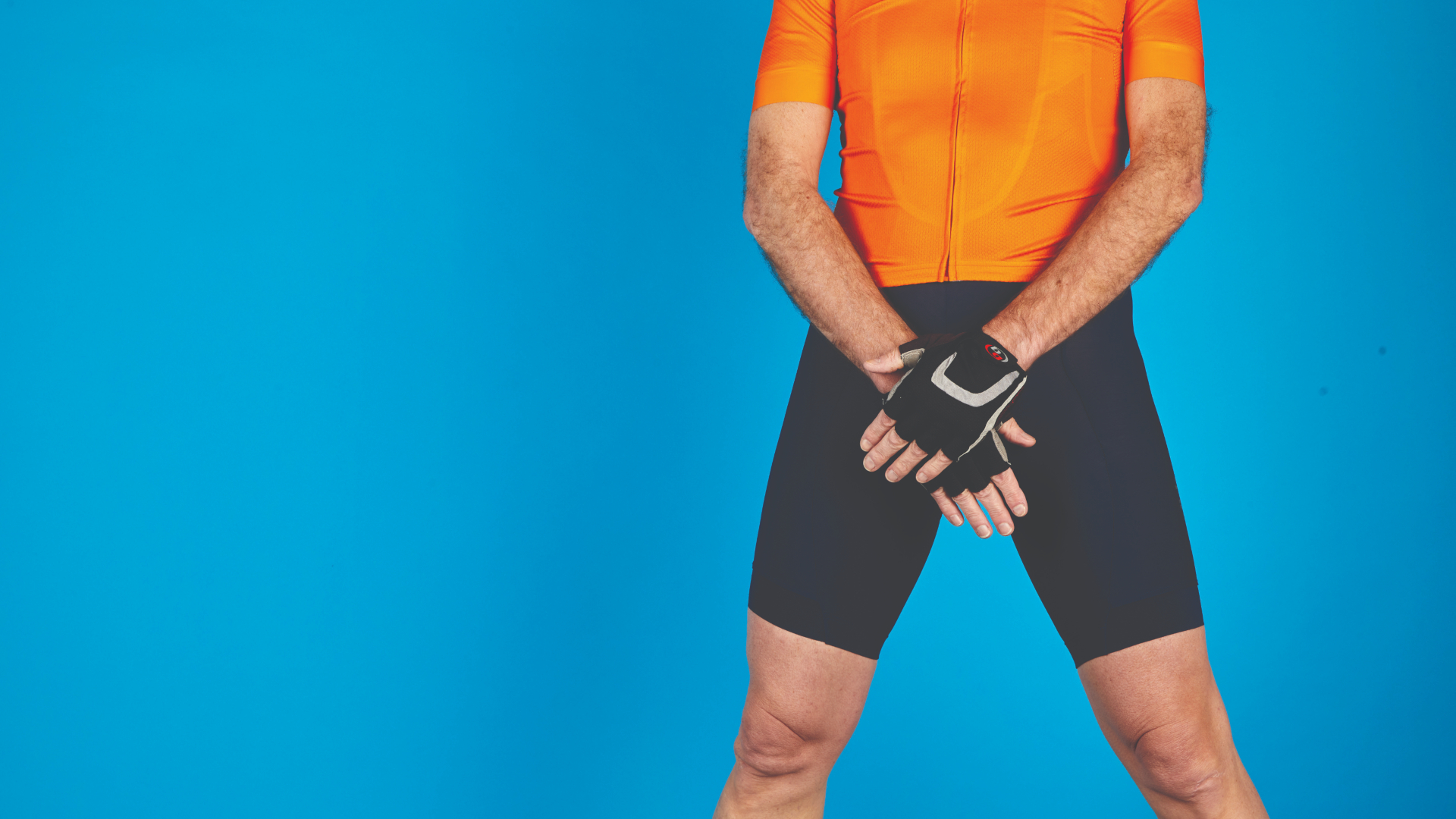
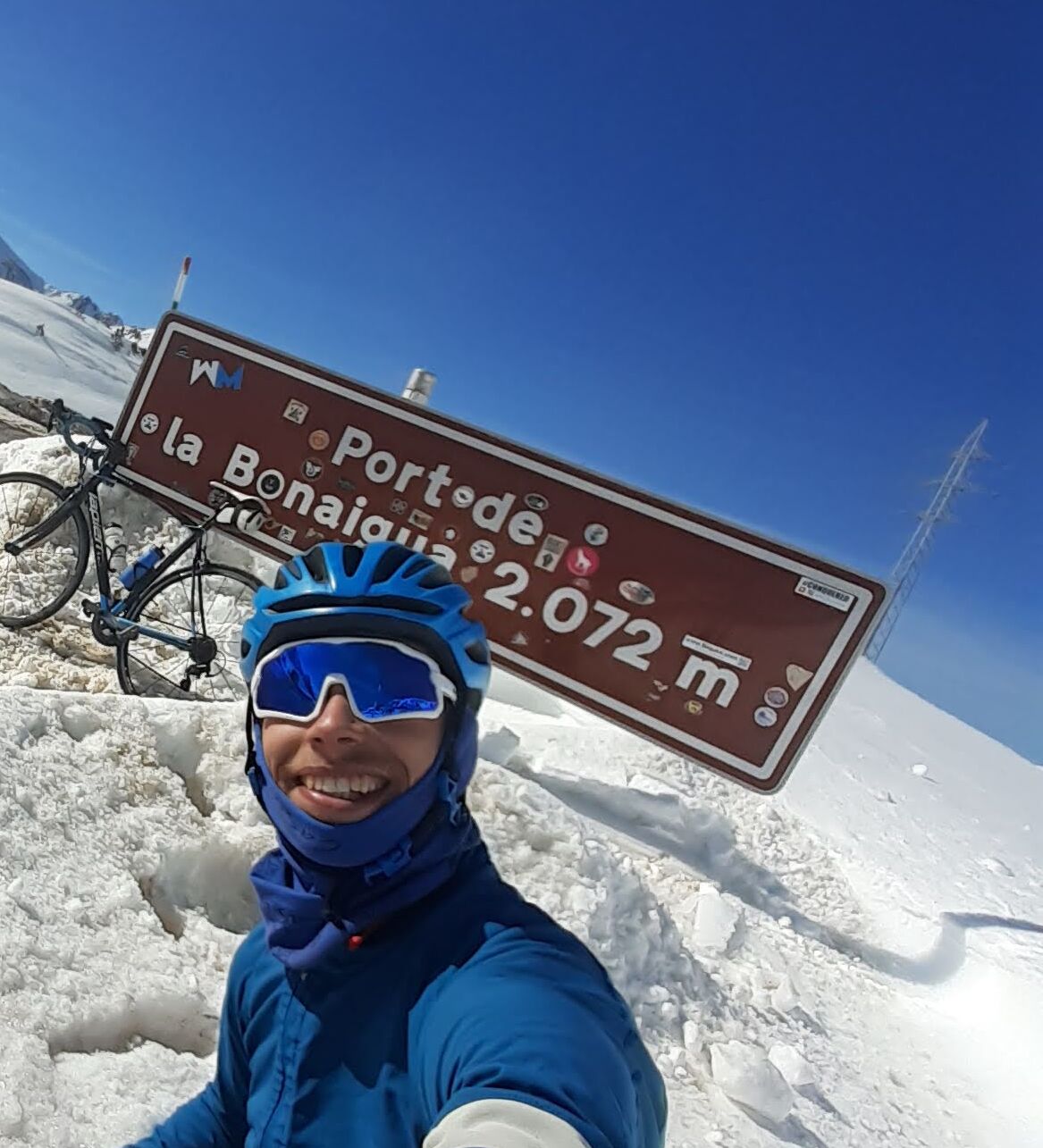
It completely freaked me out,” says Sam Ford. “I’m young, I’m fit and healthy, I shouldn’t be getting erectile dysfunction (ED). Aches and pains are associated with sport and especially cycling, but getting two bouts of ED was like, ‘what the f**k is going on here’ – I panicked.”
Ford (not his real name) has agreed to tell his story to help raise awareness of a problem that, though common, is rarely discussed. A competitive regional racer in his mid-20s, he started suffering dull testicular ache, urinary incontinence and the need to pee more frequently after increasing his training volume to between 20 and 25 hours a week during the first lockdown. On two occasions, he experienced problems getting an erection. “It was a low point because going to the doctor at my age about ED was not something I thought I’d have to do.”
Ford’s experience of cycling-related genital worries is far from unique. Male and female riders can be affected by these often embarrassing and definitely unwanted issues. Chloe Whatmore (not her real name) suffered a flare up of genital herpes after cycling. “It was unpleasant, of course,” says Whatmore, who is in her early-40s. “It was absolutely not something I wanted to be managing. It affected my cycling and it’s not a nice condition to have to deal with.” The herpes simplex virus, also responsible for cold sores, is incredibly common – 70% of people catch it sooner or later, according to the Herpes Viruses Association.
Discussing genital issues may make us feel awkward, even queasy – but it’s vital that we do. The advancement in understanding and openness has helped reduce the prevalence of saddle sores, but other common issues affecting the penis, vagina and anus remain shrouded in secrecy and excessive politeness. We all have these body parts and we’re all susceptible to the same problems – so it’s time to break the taboo.
Underreported cycling-related genital issues
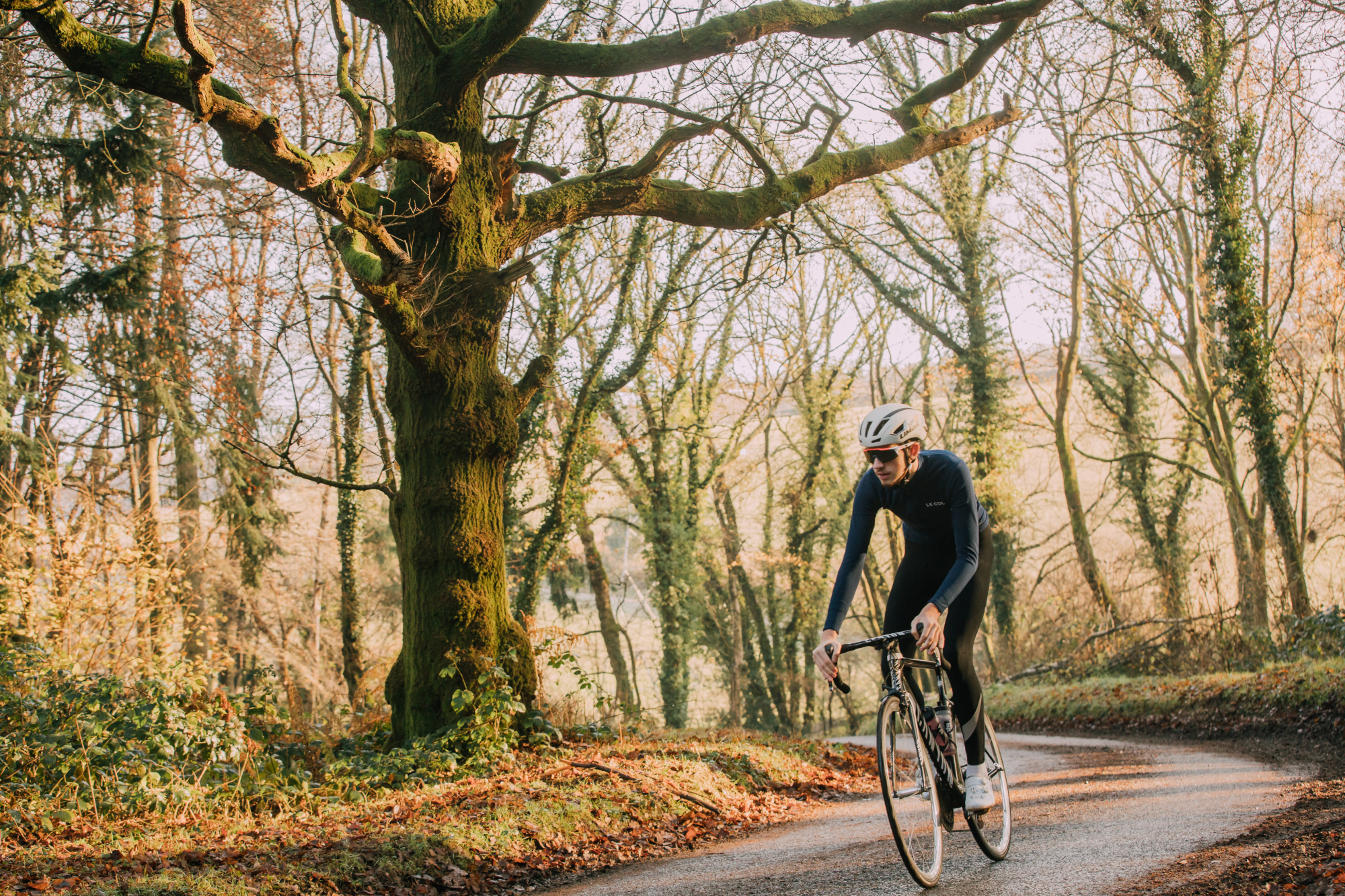
Most of the people I spoke to for this article insisted on anonymity, including a coach who told me: “I hear from riders about problems down there, especially genital numbness, all the time, but we never discuss it further. It’s a massively underreported issue. Some say it’s because they’re riding a TT bike so it’s par for course. No, it doesn’t need to be there.”
Bianca Broadbent, a specialist sports physiotherapist who also works as a bike-fitter, says: “You’ll give the rider a questionnaire, asking if they have certain problems, and they’ll tick no… But often pressure-mapping will make you question the rider further, whereby often they will reveal they do indeed have saddle problems, but they have just downplayed them as they have considered them a normal part of cycling. It’s an underreported phenomenon in cycling. One study found that up to 90% of cyclists have urogenital problems [most commonly numbness] on the bike.”
This article is not designed to scare you. It’s here to inform you about how cycling can compound issues ‘down there’, but also to alleviate concerns and explain how genital issues can be prevented and/or treated. None of them are inevitable consequences of riding your bike.
Get The Leadout Newsletter
The latest race content, interviews, features, reviews and expert buying guides, direct to your inbox!
The urogenital system is complex; there is much that can, and occasionally does, go wrong. There are urinary tract infections (UTIs), lower urinary tract symptoms (LUTs), genital numbness, erectile dysfunction, labia issues, thrush and vaginal infections, and prostatitis. We’re going to focus on the issues where cycling is implicated, i.e. where a contributory factor is pressure and/or friction.
Pressure-related issues
Let’s start with pressure-related issues. When we sit on a saddle, we apply pressure to the perineum, the area between the anus and the sex organs. In the perineum there are lots of nerves and arteries that supply the penis or the vagina. In men, these structures help facilitate ejaculation and erection – they’re integral to our pleasure.
In both men and women, sitting on a saddle compresses the perineum, which can lead to genital numbness.
There is no scientific consensus on this, but we did find general acceptance among the experts we spoke to that cycling can cause perineum numbness. Professor Chris Oliver, a retired orthopaedic surgeon, says: “It’s not inevitable, and you shouldn’t be scared. But it’s important that we’re aware because the most common problem people encounter is sores around the perineum.” Why do some pedal into problems while many others do not? “I think it’s a matter of luck with one’s anatomy: the way you are built, how heavy you are, how forward-weighted you are on the bike and how much weight goes through the hands as opposed to the perineum.”
In men, excessive pressure can lead to erectile dysfunction, though there is no proof that cyclists are more at risk of ED than non-cyclists. “The evidence about ED in cyclists is quite controversial,” Oliver adds. “I suspect that among regular cyclists it occurs quite frequently but people don’t want to talk about it. Certainly on some of my longer cycle touring holidays of over a month, I’ve experienced it but it’s been transient. On longer rides, it lasts longer but I’m back to normal after 10 days.” Pressure causes sore points for females as well, sometimes leading to labia enlargement and clitoris pain, which can coincide with impaired arousal and sexual dysfunction.
Owing to the lack of medical understanding, getting a diagnosis and treatment can involve a convoluted medical journey. Take Ford’s case: he first went to a GP, and then was referred to a urologist who said he probably had a UTI. Antibiotics didn’t improve the situation, so an MRI scan was ordered. It revealed an abnormal vein, which was removed through keyhole surgery. But still the dull testicular ache and persistent need to pee remained. It was only when Ford started physio sessions with a pelvic floor physiotherapist and took three months off the bike that the symptoms began to subside. “My understanding was that pelvic floor problems were something that happened to pregnant women; I didn’t understand how it could affect male cyclists, and I’d no idea it could be painful.”
Friction issues
Next up, friction problems: these are issues most commonly caused by chafing. Whatmore, who is a competitive racer and also enjoys long distance touring, says that her flare-up of genital herpes occurred “for a number of reasons”, explaining: “I’d been having recurring saddle sores for five years, partly to do with long-distance riding and putting lots of pressure on the soft tissue and seat bones.” The long distances were also putting pressure on her immune system. “On long challenges, when you’re really pushing yourself to the edge, the immunity system is under heavy attack. As soon as that happens, you’re far more likely to get a flare-up of herpes.”
The viral condition is exacerbated by friction, and usually starts with itches and pain, sometimes with lumps and blisters on the skin. It can be hard to distinguish between saddle sores and herpes, because both are inflamed and aggravated in hot and sweaty environments created through cycling.
Phil Burt, a renowned bike-fitter and physio who has worked with British Cycling, agrees with Whatmore. “In the army, the first thing they tell you is to keep your feet dry. In cycling, there is pressure, friction, heat and sweat – it’s a recipe for disaster if not set up right.
There are a few different friction issues that can affect cyclists, but women suffer infections more often simply because the anus and the urethra are closer together, meaning bacteria can spread between the two more easily.”
To be clear: cycling does not cause herpes, but riders ought to be aware that the friction, moisture and heat generated by cycling may catalyse infections such as thrush and bacterial vaginosis. It’s why Burt warns against complete shaving. “Even though it’s fashionable not to have hair on the genitals, the hair is there for a reason as it provides a barrier that helps air to circulate. If you fully shave, it’s a really easy place for an infection to take hold because you’ve removed a key, natural barrier.”
How to avoid it
There is, thankfully, good news to come. Almost all of these potential issues are either avoidable or manageable. The first steps are the basics: wear good quality, padded cycling shorts without underwear, and as soon as you’ve finished your ride, take your kit off and wash it in hot water. Oliver again: “If you’re sitting around in them for hours, you’re keeping the bacteria close to you. Get them off and get that bacteria away – you need to get fresh air to the perineum. Have a hot shower, wash your bottom, and afterwards wear light and airy clothing. Don’t wear something tight after a five-hour ride, as the skin’s still hot.” Another thing: don’t wait too long before emptying the bladder, as this helps prevent UTIs.
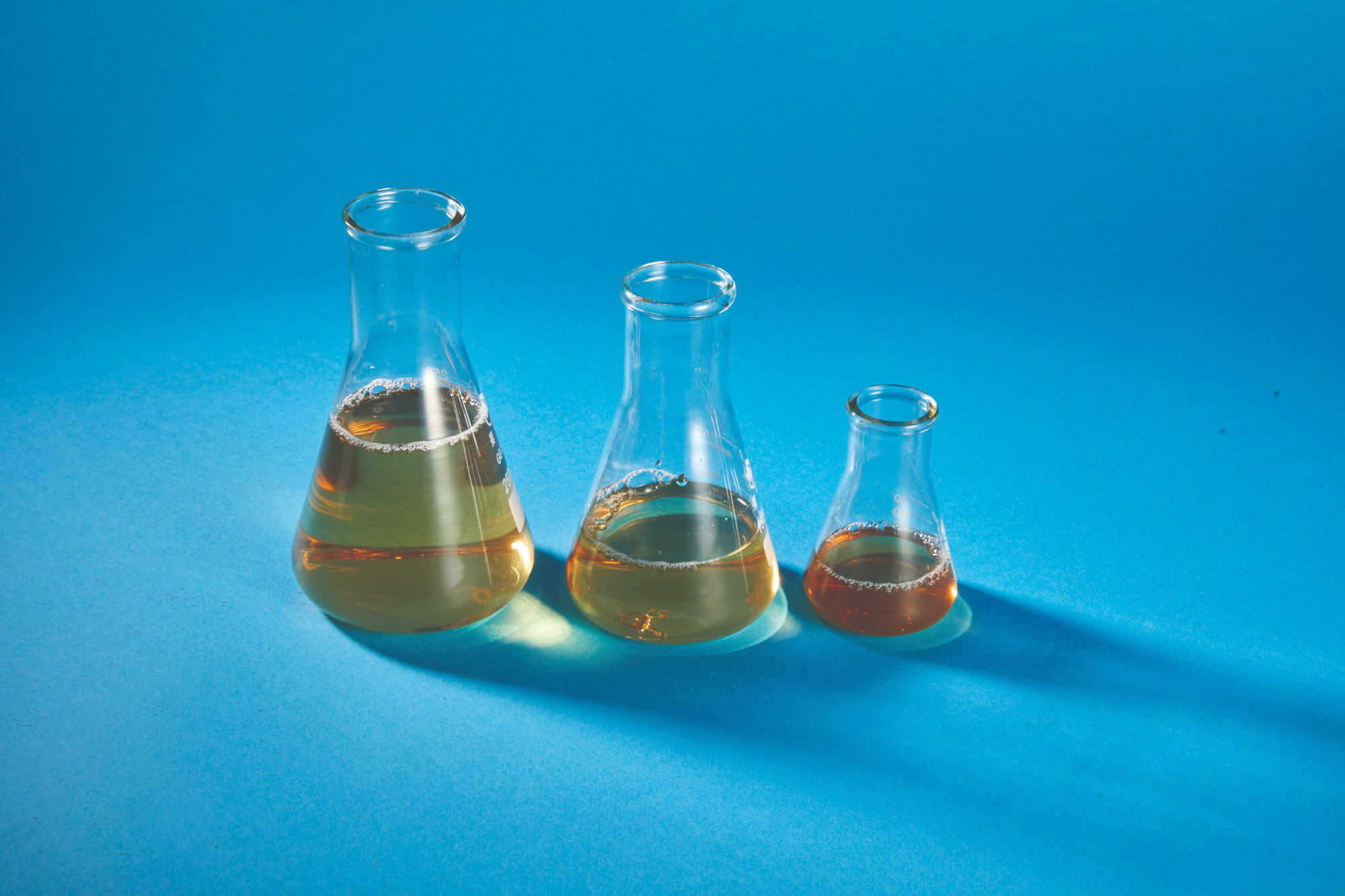
Holding urine for too long can increase the risk of UTIs
High-quality chamois cream containing antibacterial ingredients comes highly recommended too, with the emulsion also reducing chafing. By providing a slippery barrier, the cream helps prevent the skin from breaking down from friction, which can lead to infection. Bike tech plays a part as well – switching from a carbon to less stiff titanium or steel frame, and from narrow tyres pumped up to 90-100psi to wider tyres ridden at 60-70psi, gives more comfort on the road.
Nothing is as important as your position on the bike, though, as Broadbent explains: “A correct position will reduce pressure at contact points which in turn reduces the likelihood of developing saddle-related complaints. Bike-fitting is a process, it’s not an event per se, and it’s a dynamic process that is multifactorial. Through pressure-mapping and gauging how sensitive people are in certain areas, reducing pressure at the contact point will make a big difference.”
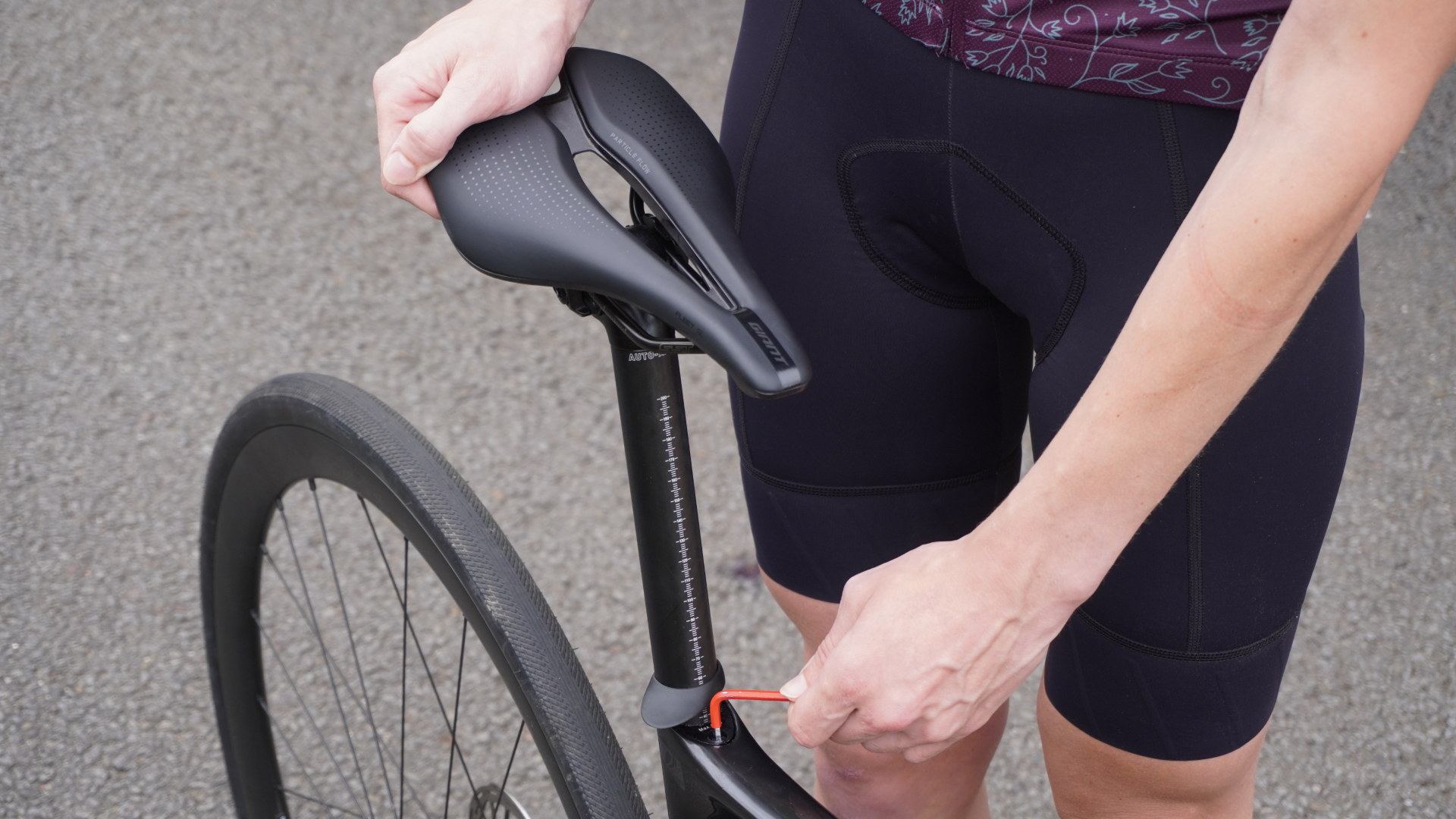
Choosing a bike saddle that's right for you, but more importantly setting its position correctly, is another huge factor. “A friction issue is nearly always to do with how the saddle is set up,” Burt advises. “If you’re too far forward, it can cause chafing. We need to get support on the sit bones. It’s simple things like checking if the saddle is the right width, and not having the nose pointing up.”
Are there any useful pointers? “For men with genital numbness, gap saddles are amazingly effective at treating that issue. For women, it depends, but typically they have to hunt around more for the right saddle.” A general tip for women is that the pressure needs to be distributed away from the labia, and a more upright position will help achieve this. And let’s debunk a myth while we’re here: the saddle does absolutely not have to be the same height as the handlebars.
Does cycling cause genital issues?
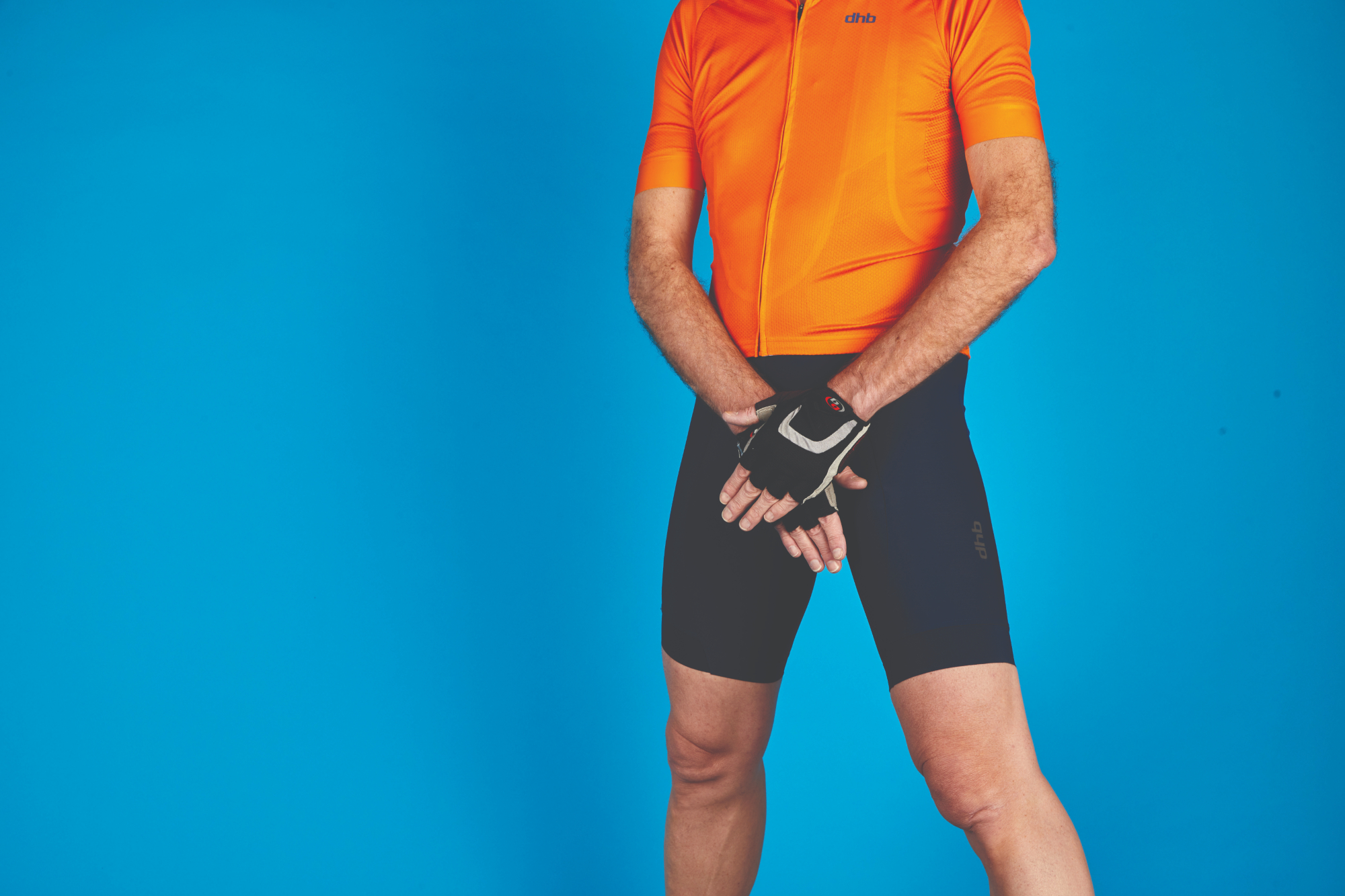
We know that all these issues are unpleasant, but let Ford’s experience be a reassurance. “After three months off the bike, I was really tentative in returning to cycling, thinking that it was riding a bike that had caused it all. When I got back on my bike properly, I realised it was the amount of volume on the bike that had been exacerbating a problem that was already there; cycling had not created the problem. I changed my bike position, and though I worried these changes would impair my performance, it actually allowed me to ride my bike without pain, which is the main thing.”
Ford sought help and as a result is now problem-free. “Seeing a pelvic floor physio and getting a professional bike-fit improved my function on the bike, and I’ve never experienced any of the issues again – no numbness, no ED, no blood flow issues, and no pins and-needles.”
Whatmore shares Ford’s optimism. “I never got to the point where I thought about quitting cycling – I love it too much. There’s nothing else that compares to it, and I knew I could get my issues solved. Having a total saddle fit, and looking where the pressure was being put through, as well as seeing an osteopath to look at the alignment in my body was crucial. I did a 360-degree review of how I rode my bike, and three and a half years on I’ve not had any issues.”
As Ford and Whatmore explain, cycling-related genital issues may disrupt riding temporarily but need not cause long-term problems – provided you’re willing to seek help. What’s more, it’s encouraging to learn that through just a few simple tweaks, such as ensuring our saddle and position are right for us, we can usually prevent these issues – keeping us focused on our riding and back to thinking about our genitals as sources of pleasure, not pain.
Is cycling bad for your sex life?
Pradnya Pisal, a consultant gynaecologist, acknowledges that the genital issues identified in this article “may indirectly make people want to avoid sex” – but the bad news ends there. The overall picture is that riding a bike increases our sexual desire and function, as well as increasing stamina, which has benefits on and off the bike!
Pisal adds: “Cycling, like any other sport, releases endorphins and elevates mood and hence is likely to improve sex life.” The reasons are obvious: cycling improves our cardiovascular health and boosts blood-flow while lifting our mood – leaving our minds free to wander towards even more exciting activities. What’s more, cycling builds powerful muscles that are quite essential during intercourse [steady on! – ed.], paving the way for greater and prolonged enjoyment in bed. And, finally, you know the I’m-pretty-chuffed-with-that smile you sport after a good ride? It’s all confidence in yourself, another attractive trait when the clothes come off…
Does cycling cause prostate problems?
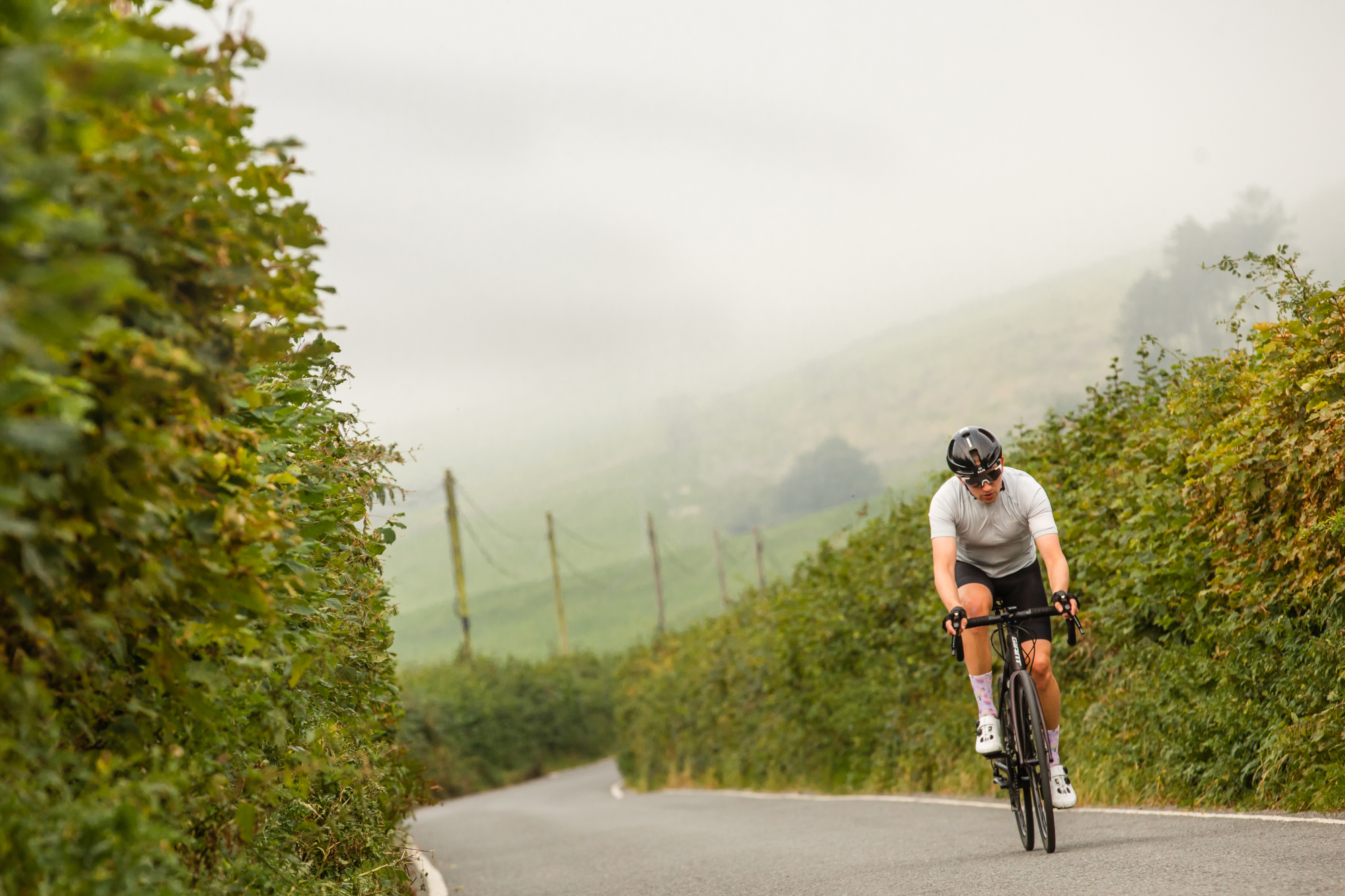
“There is no association whatsoever between cycling and prostate cancer.” These words from Chris Oliver, AKA the @CyclingSurgeon on Twitter, will be a relief to many men who have heard the rumours that riding a bike puts them at greater risk of developing one of the most common cancers. It’s a myth.
Moreover, it’s said that around half of men will experience some type of prostatitis in their lifetime. This is an inflammation of the prostate gland that can cause pain and difficulty urinating, and there is at least anecdotal evidence that cyclists are affected more often than non-cyclists.
As with the problems described above, it’s not that cycling causes genital issues, rather that riding a bike can exacerbate pre-existing problems. It’s the same with the prostate: long hours in the saddle can enlarge the prostate. The main risk factors for prostate cancer are being aged over 50; being black; and having a family history of the cancer. It is recommended that men in those categories be screened every few years by taking a test for prostate specific antigen (PSA). Screening is also recommended to men experiencing changes in the way/ frequency they urinate.
As with other key preventive measures, there are a few simple things we can do to provide light relief to the prostate, such as taking breaks during longer rides and standing up out of the saddle every so often; just a few seconds dancing on the pedals à la Contador can alleviate pressure significantly.
Find out more about prostate health for cyclists here.
This article was originally published in the 7 April 2022 print edition of Cycling Weekly. Subscribe online and get the magazine delivered direct to your door every week.

Thank you for reading 20 articles this month* Join now for unlimited access
Enjoy your first month for just £1 / $1 / €1
*Read 5 free articles per month without a subscription

Join now for unlimited access
Try first month for just £1 / $1 / €1
A freelance sports journalist and podcaster, you'll mostly find Chris's byline attached to news scoops, profile interviews and long reads across a variety of different publications. He has been writing regularly for Cycling Weekly since 2013. In 2024 he released a seven-part podcast documentary, Ghost in the Machine, about motor doping in cycling.
Previously a ski, hiking and cycling guide in the Canadian Rockies and Spanish Pyrenees, he almost certainly holds the record for the most number of interviews conducted from snowy mountains. He lives in Valencia, Spain.
-
 A bike rack with an app? Wahoo’s latest, and a hub silencer – Sea Otter Classic tech highlights, Part 2
A bike rack with an app? Wahoo’s latest, and a hub silencer – Sea Otter Classic tech highlights, Part 2A few standout pieces of gear from North America's biggest bike gathering
By Anne-Marije Rook
-
 Cycling's riders need more protection from mindless 'fans' at races to avoid another Mathieu van der Poel Paris-Roubaix bottle incident
Cycling's riders need more protection from mindless 'fans' at races to avoid another Mathieu van der Poel Paris-Roubaix bottle incidentCycling's authorities must do everything within their power to prevent spectators from assaulting riders
By Tom Thewlis